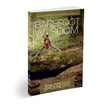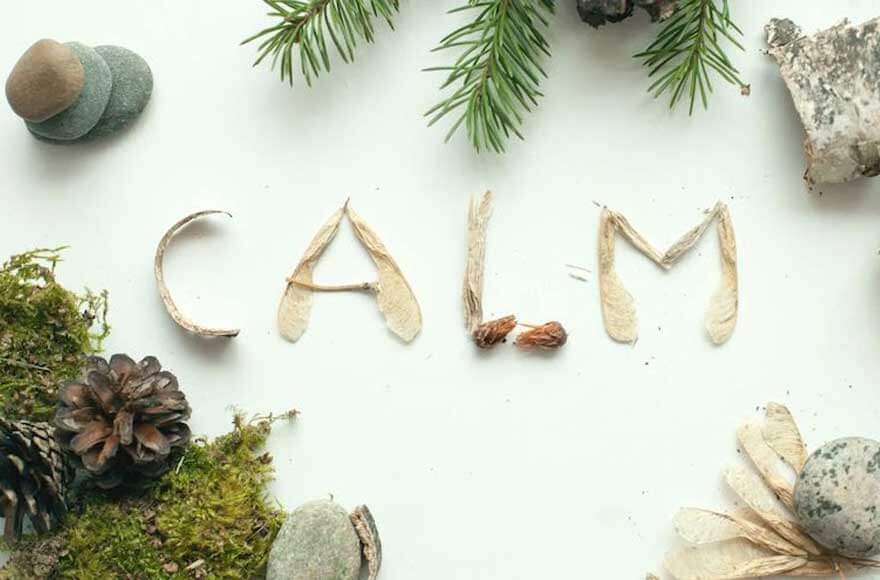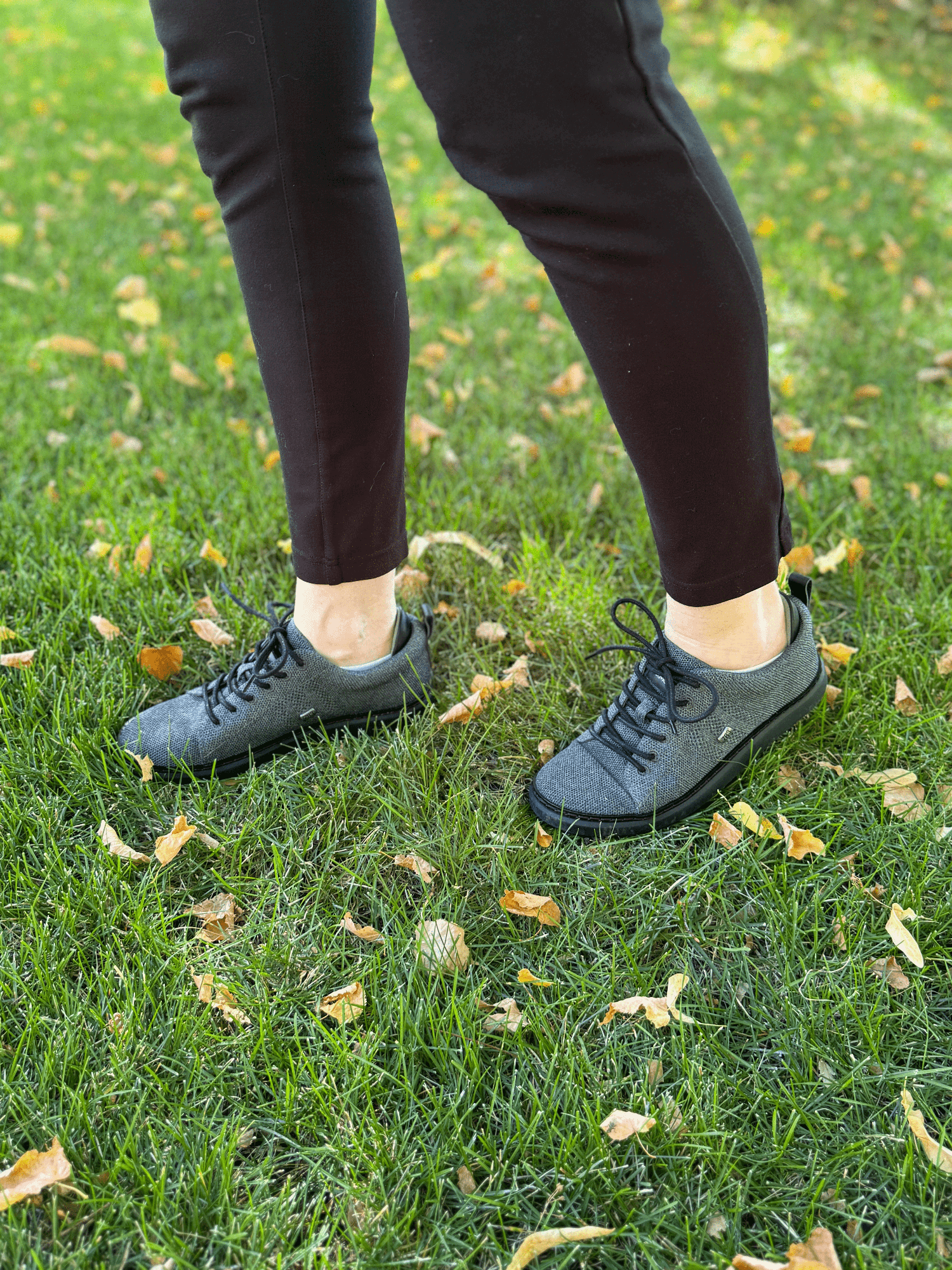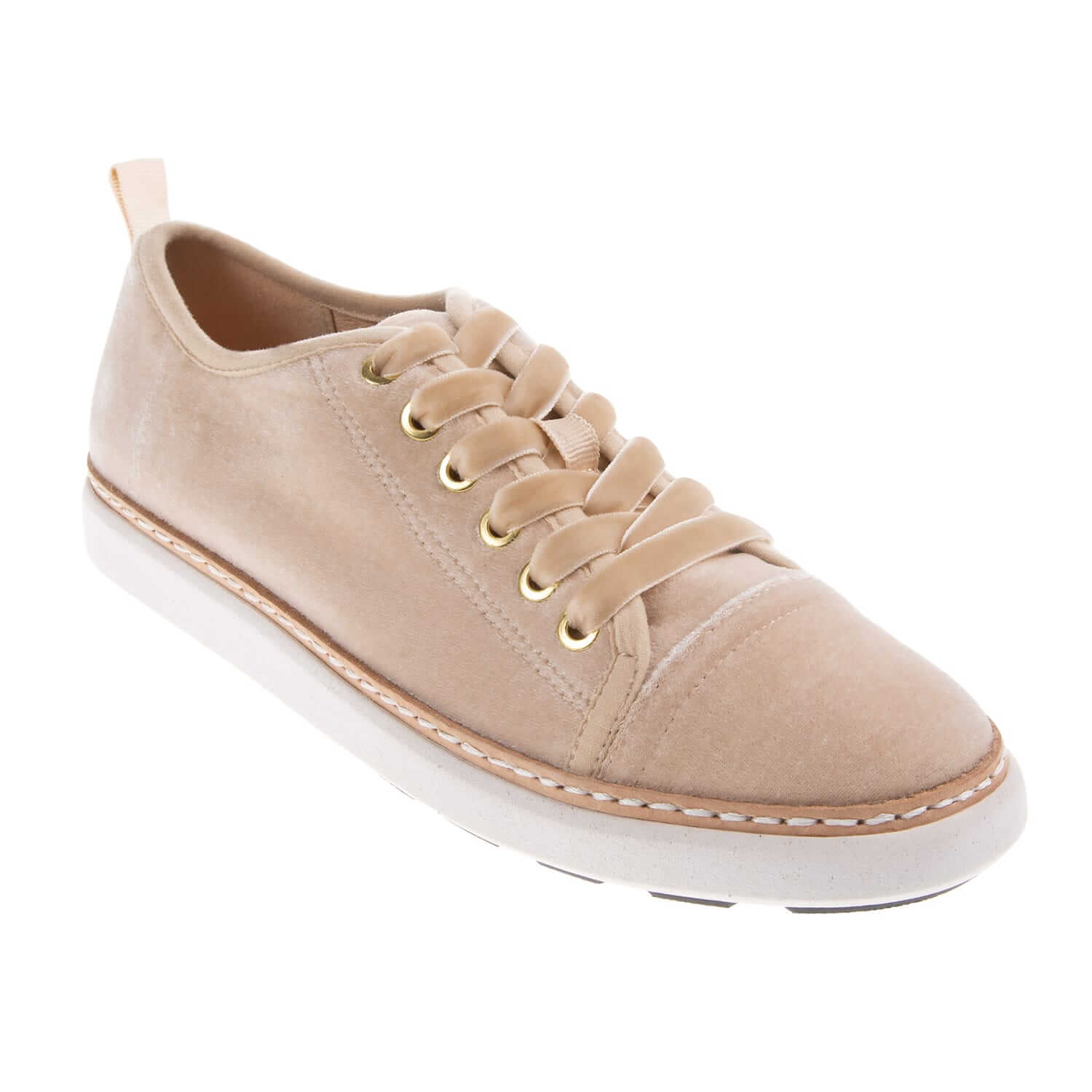We’ve never had a year like 2020. Most of us are still working to recover from the “emotional hangover” we developed over the last few months.
For those feeling a bit frayed around the edges, you’re not alone. Health professionals in all disciplines have agreed that we’ll be feeling the effects of 2020 for some time into the future.
The challenge – and desire, is how do we get back to some semblance of our former life – if ever? What will “normal” look like for us in 2021 and beyond?
After all, next to staying healthy, the desire for some sense of “normalcy” seemed to be the driving force behind the past year. The answer could be as close as your nearest green space.
Nature has always been a great restorer. Maybe it’s because, well, that’s what nature does—it replenishes, restores, and renews itself year after year, season after season. And it can do the same for us.
As this piece from Outside explains, nature gives us a mental breather. And after all of the unexpected challenges of 2020, we sure could use one.

How nature helps our mental and emotional well-being
No one agrees on the same reasons why green spaces trigger such positive responses in the human body; however, the science shows obvious evidence that they do. Studies have shown that being in nature—or even looking at pictures of natural landscapes—can help lower one’s blood pressure. If you’re having a down day or feeling overwhelmed, head outside. Here are a few ways nature enables you to ease your emotional stress:
- Nature’s slower pace can have a calming effect. As humans, many of us spend our days abiding by jam-packed schedules and ever-growing to-do lists. Nature takes us away from all of that, at least temporarily. Outside, we can slow down, focus on open spaces instead of our own thoughts, and regroup mentally and emotionally.
- Nature’s “largeness” puts things in perspective. Vast forests. Beaches. Mountainous vistas. Open fields of tall grass. It’s all been on the planet for generations. Nature has a way of making our worries and stressors seem smaller and more manageable. This typically gives us a new appreciation for our time on Earth and how we can best use that time.
- Exercising outdoors. Did you know exercise is good for your mind as well as your body? Just taking a brisk walk or a light jog can help burn off nervous energy and increase the levels of the “feel-good” hormones in your body. For active joggers, a “runner’s high” is a real thing. Also, keeping your weight in check and shedding some of the homebound extra calories is not only good for you physically; it also is for your sense of well-being and control well as feeling good about yourself.
There are also wilderness programs available during these challenging days that teach skills that can also be used to manage depression.
Problem-solving, meeting and overcoming challenges, and addressing various issues in a different environment can build up self-confidence and feelings of self-worth—two huge hurdles when fighting being down.
If your budget doesn’t allow for a physical wilderness immersion program, do the next best thing and immerse yourself in your nearest green space as much as you can. Several online programs also offer hybrid ways of partaking in the outdoors when inside.
Grounding’s effects on mental and emotional health
Just being outside can boost our energy levels. Tapping into the earth’s natural energy called grounding, also known as earthing, takes “being outside” to a deeper and even more restorative level.
Several grounding techniques can help you improve your mood and shift your mindset—most of them free and easily accessible. Science has taken a greater interest in studying this practice, and scientific studies have shown that grounding can minimize stress, increase calmness, improve our sleep quality, and boost our energy. Insufficient sleep and poor sleeping habits can significantly affect our mental and emotional health.

Grounding can be done both indoors and outdoors. The latter is the preferred method, as you have direct access to the bare ground. If the season, your geography, and locale is ideal, going barefoot is best.
But wearing conductive footwear is also great for year-round grounding regardless of where you live. HARMONY783’s grounding footwear is available in various styles; you can practice grounding anywhere, anytime, anyplace.
Alternatively, and useful in conjunction indoors are grounding products like mattress pads and conductive sheets you can plug into a grounding port. When outside, make direct bodily contact with the earth by walking barefoot or wearing shoes that are conductive on grass, sand, soil, stone, and concrete city and town sidewalks.
When in town, no jaywalking, please. Asphalt and blacktop is an oil sealant on top of concrete or stone, insulating the materials and preventing grounding. Concrete is sand, and water reconstituted, which is ideal for grounding. Damp concrete is even better.
You can also immerse yourself in water—simply wade in a stream or lake. If you are fortunate enough to live by the ocean, saltwater is great for grounding.
You may notice positive effects in as little as 20-30 minutes. When inside, a shower or bath with water lightly dripping while immersed also is grounding. Even holding your hand on a kitchen faucet with water trickling is beneficial.
Grounding is also a sensory experience. There are some great techniques often used to reduce anxiety that tie-in to grounding perfectly, namely the 5-4-3-2-1 technique. The Behavioral Health Partners at the University of Rochester is just one of many esteemed institutions that have blogged about this helpful practice.
Take a deep breath before beginning. Look for five things that you can see, and name them out loud. Name four things you can feel on your body. Listen for three sounds and name each one out loud. Name two things you can smell (name two of your favorite smells if there is no noticeable smell where you are).
Finally, name one thing you can taste—again, name one of your favorite things to taste (this can even be something basic and used every day, like your toothpaste or stick of gum).
Another often-used technique to ease anxiety is to pick something up off the ground and describe it.
- How would you explain the small details of a rock, tree branch, or plant? Be as specific as possible—say it aloud or write down your findings in a journal or notebook. The tasks connected with this exercise will take your mind off your own worries and stressors. Healthline shares other grounding techniques that can help ease stress and anxiety.
There are many ways to restore your emotional balance through nature. Whether you utilize a grounding product or just get out for a brisk walk or jog to reconnect with the earth, take advantage of the healing properties found in our natural surroundings.














































